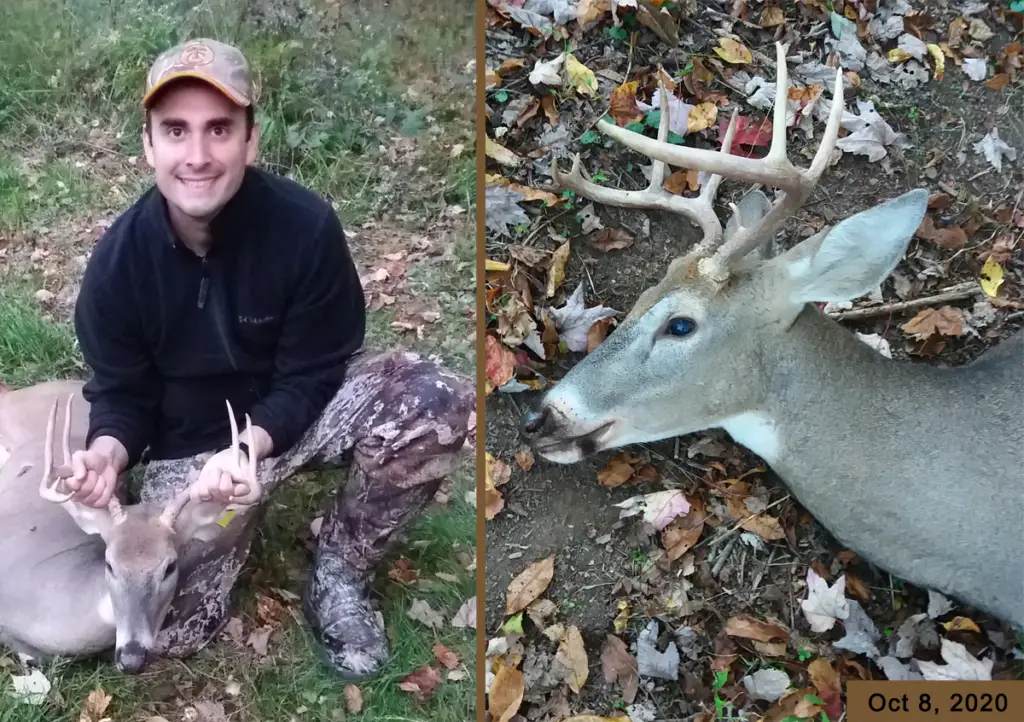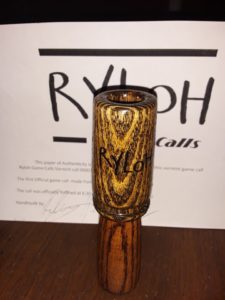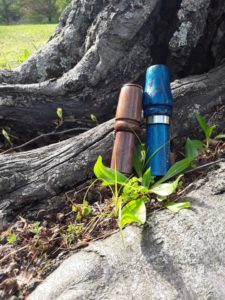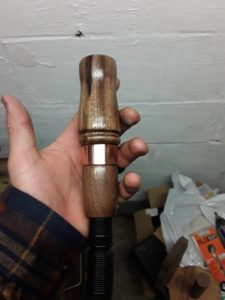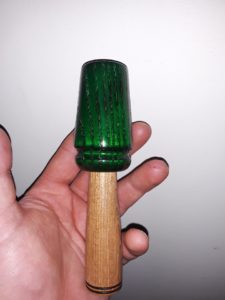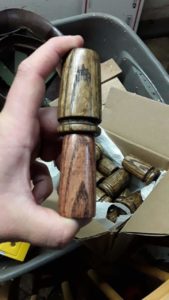Show Notes:
Everyone wants to take a buck with big antlers, but why? On this episode I talk about why the quest solely for big antlers is folly, while being honest about the nature of whitetail deer and what really makes a mature buck a true trophy.
In many ways antlers do not matter at all.
- The hunt matters.
- The skill, effort, and planning of the hunter matters.
- Matching wits against wary quarry on its home turf matters.
- Having fun matters.
- For many the meat matters.
- And taking a trophy that means something to you matters.
However there are reasons why the antlers do matter.
- Mature bucks (relative to your area) are the most experienced and strongest deer in the woods.
- These bucks are the hardest to find, hardest to get a glimpse of in daylight, and hardest to kill.
- Taking mature bucks with any consistency takes a lot of skill, patience, woodsmanship, and planning.
- Mature bucks usually have bigger antlers.
- These antlers (no matter how big) are a trophy that represents the accomplishment of the hunter.
The importance of antlers rests solely with the hunter.
- Antler size is relative to the area. In some areas a 3 year old buck is a mature deer. In other place a mature whitetail is 5 or 6 years old or older.
- In some states a moderate 8 point is the king of the forest. In other states, hunters pass on large 8 points all day long looking for something more impressive.
- When you know your area, you know when a deer is a personal accomplishment to you and that deer means something to you.
- If you chase the approval of others you will always be empty and without joy.
- Even a 2 point spike can be a trophy, if it is a trophy to you.
- Antlers are more than just bone, they mean something, if they mean something to you.
- We get into all kinds of trouble when we try to make antlers mean something to someone else.
Listen to the episode for more.

